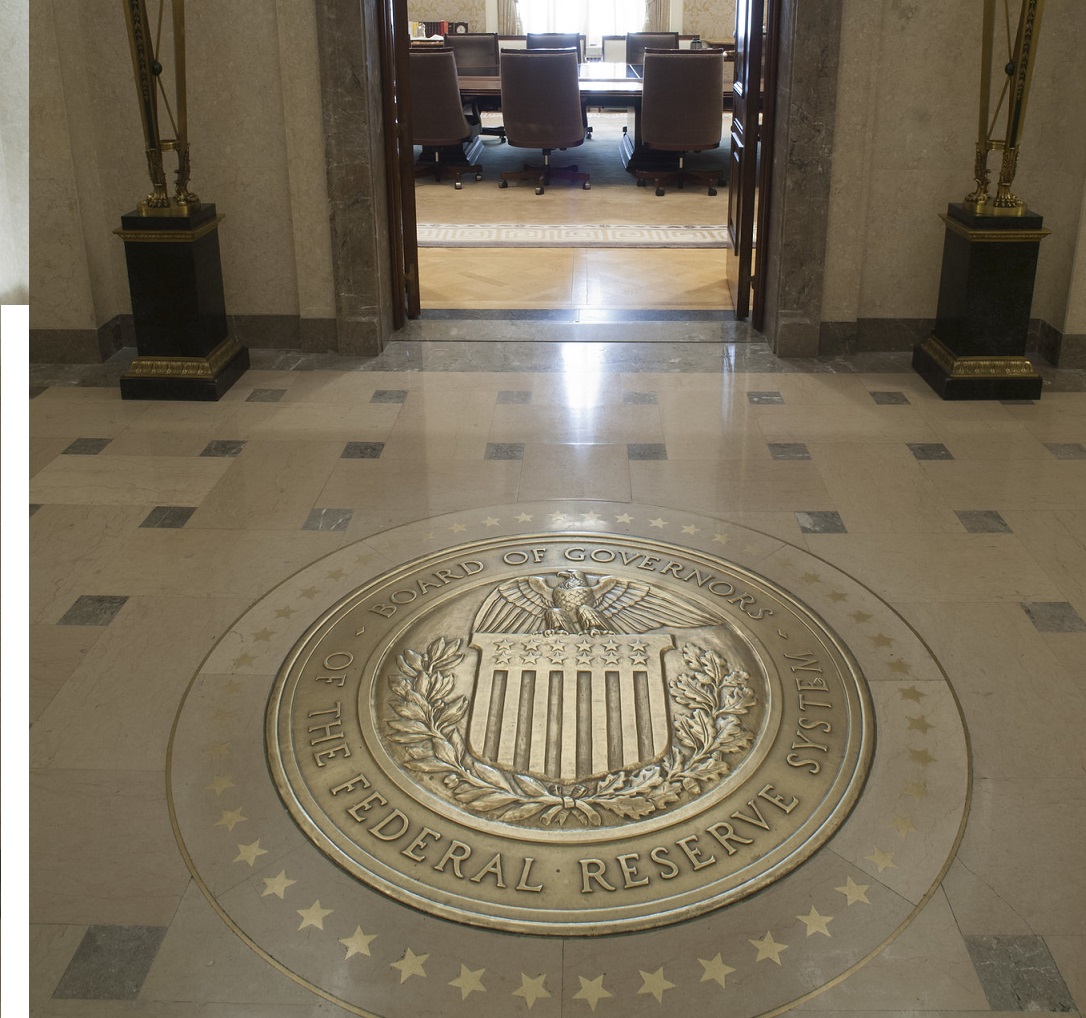by Hubert Marleau, Market Economist, Palos Management
The S&P 500 hit an all-time high on Monday but ended the week with a loss of 43 points or 1.0
%, even though earnings have topped estimates and key economic prints like retail sales, industrial production, job claims and mortgage applications have beaten consensus. Citibank’s macro surprise index rose considerably and the Atlanta Fed NowCasting model is estimating a 7.5% annualized GDP growth for Q2.
Technical signals stemming from the speedy change in recent price movements suggested that the market should be grounded for a while. There is a growing apprehension that the monetary authorities might have to make a hawkish move if they realize that they made a serious policy mistake. While the Delta variant and peak growth thesis remained points of concern, the need to deal with financial imbalances through monetary policy normalization is what is on investors’ minds, virus or no virus.
The ongoing surge in the prices paid by consumers and businesses may be temporary, as Jerome Powell, the Federal Reserve Chairman, insists. In his testimony to Congress, he said: “It’s too soon to scale back because the reach for substantial further progress is still a ways off”. He even expressed satisfaction with recent price gains, repeating the transitory nature of inflation and dismissing claims of complacency on inflation. In fact, he expressed satisfaction with the 2% inflation overshoot because it gelled with the new flexible average inflation targeting strategy. It gave him a good excuse to pledge powerful support and be patient until year-end. Interestingly, Powell is willing to trail his global peers, rather than leading them and is perhaps ready to be behind the curve: the exuberance, a privilege of being an official reserve currency. It gives some leg-room to non-reserve countries to start tapering. The BOC, RBA, RBNZ, BOE and BOK are either tapering, tightening or poised to tighten.
Nevertheless, traders are adopting a “trust-but-verify” attitude. In the face of much higher inflation and unemployment rates that prevailed before the pandemic, there isn't a clear exit ramp to correctly normalize the monetary stance. Moreover, it is very difficult to be precise about what is meant by “Substantial Further Progress”. The Fed is probably using several economic metrics. Yet I believe that the Misery Index, which combines the inflation and unemployment rates, can be very telling. Currently it stands at 11.3--5.4% for inflation and 5.9% for unemployment. The Fed is definitely not happy with that number. I’m guessing that a misery index of 7.0 is what constitutes “Substantial Progress” for Jerome Powell--that is 2.5% for inflation and 4.5% for the unemployment rate. Given the Fed’s obstinate opinion that the current inflation rate is just temporarily high and will eventually return to an annual rate of 2.5%, it will tenaciously hold the line for as long as the unemployment rate stays considerably above 4.5%. In other words, another 2.3 million new jobs are needed for an official revision of the Fed monetary stance .
There is empirical evidence and theoretical validity to the idea that inflation in small amounts, like 2% per year, can beneficially raise corporate profit, as well as increase wages, stimulate productivity and reduce the burden of debt. However, very low inflation can become an economic quagmire and very high inflation can bring chaos. The market is pretty confident that the Fed knows how to bring inflation up or down but not sure if it can get the timing right. The Fed chief alluded to the fact that this particular inflation is unique and how the pandemic will have a long-term effect on the job market is a mystery. He said to Congress: “We must be humble about what we understand. Fortunately, we won’t have to wait a tremendous long time to know whether our basic understanding of this is right.”
For the purpose of navigating the economy in a holding pattern, the Fed has relied on a very plausible, but not foolproof base case. It describes the surge of inflation accompanying the economic recovery from its steep-virus induced downturn as transient. It assumes that the pressure from pent-up demand and supply disruptions will soon dissipate; that the price perturbations will abate; and that the robust recovery will turn into a moderate but sustainable expansion with little or no recession risk.
Unfortunately, recapturing the Goldilocks pre-pandemic era is not without doubt nor unequivocally accepted by all market strategists. The wild card is inflation. Herein lies the risk of a policy mistake. The Misery Index could as easily become inflationary or unemployment skewed. It depends on who’s talking. There are three main camps who vehemently oppose the outlook that the Fed is publicly defending, with viewpoints that are diabolically different from one another. Yet they essentially boil down to the same conclusion. The liquidity of the international system is rolling over, the velocity of money is stuck in the mud and the Fed is operating stealthy monetary maneuvers to reduce the monetary base. These aforementioned factors are either offsetting or sucking out some of the inflationary monetary pressures found in the financial system.
In response, from a peak of 1.75% at the end of March, yields on ten-year Treasury notes fell unnoticeably in the beginning but with fanfare in the last few weeks to 1.30%. Real rates have fallen, inflationary expectations have stabilized and yield curves have tightened. The greenback has performed well whilst the gap between the neutral and policy rates has narrowed. It does not mean, however, that the economy is on the brink of dipping into a recession. There is simply too much excess in the system (savings, money, fiscal stimulus and interest rate stimulus) for that to happen any time soon. But it certainly spells peak growth and inflation is behind us.
Andrew Lees, lead economist at Macro Strategy Partnership, came up with an interesting observation. He wrote on Friday last: “The 1-year breakeven yield jumped to 3.39% from 2.93% at the end of last week, but the 1 year forward forward (i.e. inflation from 12 months out to 24 months out) fell from 2.32% to 2.21% and is the lowest since the end of February. It is still above the 2% target but is down from a high of 2.86%”. Meanwhile, the bond market is broadcasting a 2.5% rate of inflation for the next five years, but only 2.1% for the following five years.
The recent fall in real rates is causing a growth scare, its fall appearing to be more related to an increase in term premiums than the prospects of a severe fall-off in the level of economic activity. I believe that speculators are buying downside risk protection, rather than downgrading their outlook. Consequently, the reflation trade will likely regain some of the popularity it lost in the last two months. I shall watch the CBOE Volatility Index, a fear gauge, which currently stands at 18. Should it spike into the high 20s, it would likely mark a good time to buy stocks.
Copyright © Palos Management













